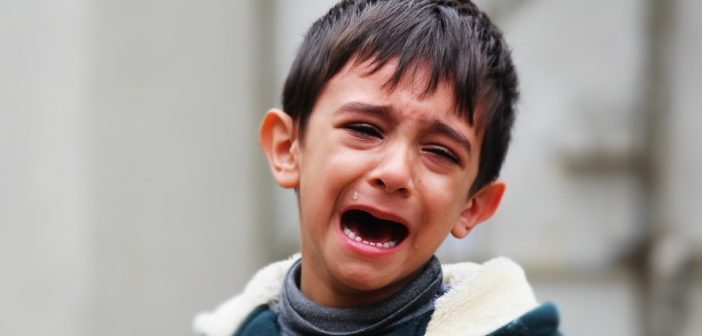In another life I was a consultant for a company led by neuroscientists and psychologists. I learned so much about the human brain and was awfully fascinated.
The way the brain works, the different areas of the brain and how malleable the brain is.
The toddler and teenage years are the two stages in life where the brain is at its most malleable. So events that take place during those years play a big role in how things play out later.
What is trauma?
Anyone who has a toddler knows how quickly a toddler’s world can fall apart. My two year old had a melt down when the sun was setting because she didn’t want it to be night time. A teen may have a similar reaction if they can’t locate their phone for five minutes.
Trauma is complex and can vary from person to person. Trauma describes a situation or event that is so painful and distressing, it overwhelms a person’s ability to cope.

The brain and trauma
A synapse is a connection of our brain cells. These are the pathways we create in our brain as we learn. Trauma during neurological development of these stages could impact synapse connectivity.
The pre frontal cortex and limbic system are the two areas most affected by trauma.
The pre frontal cortex is the rational, outer layer of our brain responsible for problem solving and logic. The limbic system is the part of the brain that regulates emotion.
What scientists have found is a decrease in cortex function and an increase (hypersensitivity) in the limbic function.
Terrible Two’s
It’s easy to think that toddlers aren’t affected by trauma due to them not remembering. Yet, this is a vital age of their brain development. The foundation of different areas of the brain is maturing and taking shape at this age.
As such, if a traumatic event takes place, it will impact the way in which the brain develops.
Children need to understand they are safe. From a young age, children need nurturance to understand that safety. Hugs, warmth, reinforcement and so on. This in turn leads to healthy brain development.

Why teenagers need so much sleep
Due to so many developments in the teenage brain, teenagers usually need about 9 – 10 hours sleep a night.
By the teenage years, the brain has gone through much development and maturity. The pre frontal cortex is the part of the brain associated with reasoning, logic and consequential thinking. The cortex is still developing at this age, which is why you see erratic, risky behavior of teenagers.
If a teenager goes through a traumatic event during these years, the development of the cortex will suffer.
What studies have shown, is that while those areas in the brain still develop, the wiring isn’t as effective. This causes a disconnect between the emotional brain and the reasoning brain. Victims of trauma at this age can suffer from behavioral difficulties, depression, anxiety and other psychological conditions.
What can parents can do?
The great news is that studies have shown these effects to be reversible. It’s a process that may involve medication and seeing a therapist. Every case is different and there is no exact method to apply to everyone. There are many services available to help any victims of trauma at any age. If you have cause for concern about your child, start by seeing your GP to discuss the options available.

